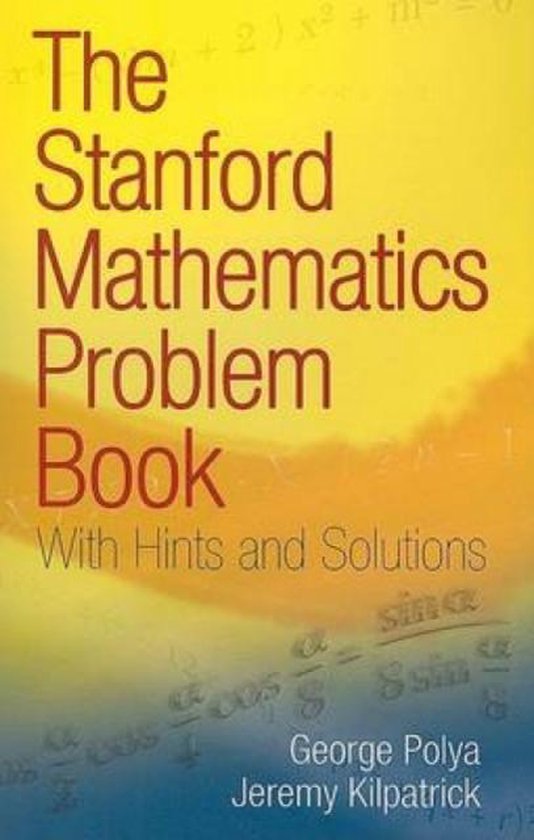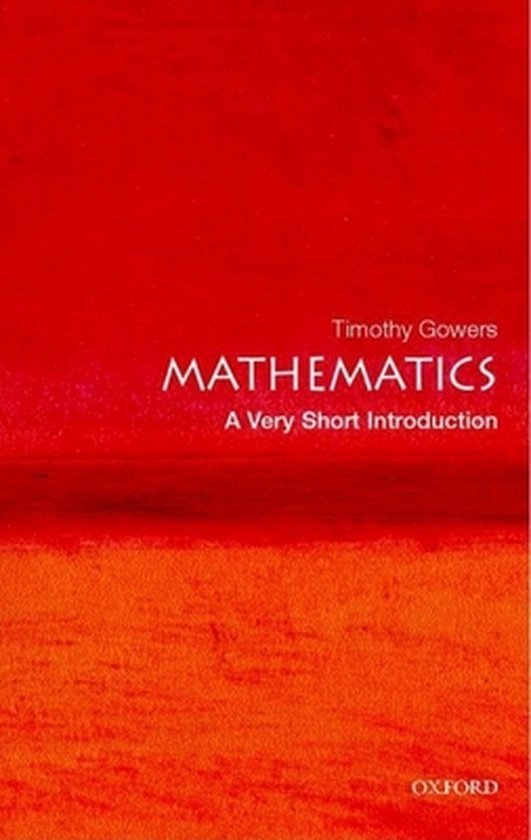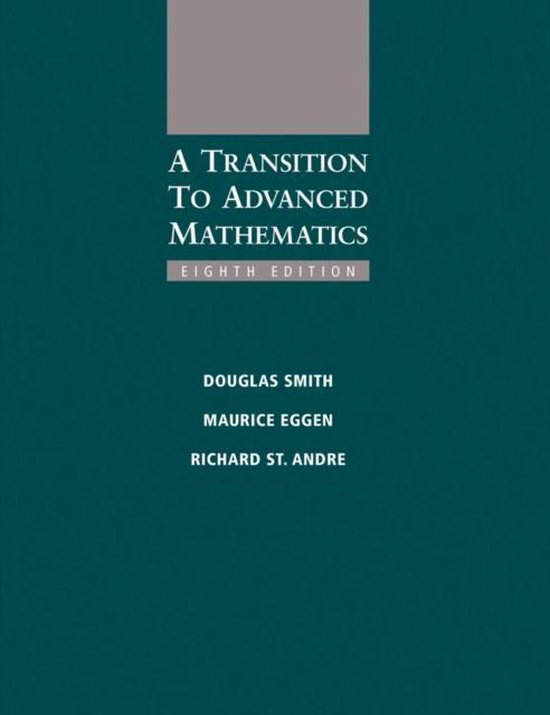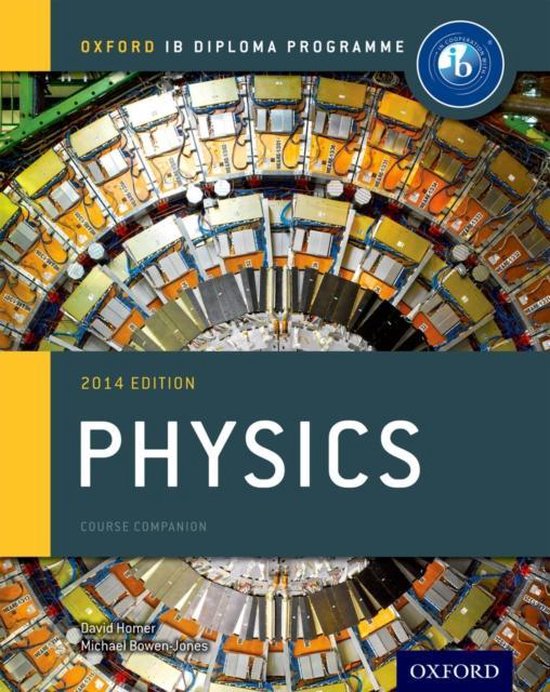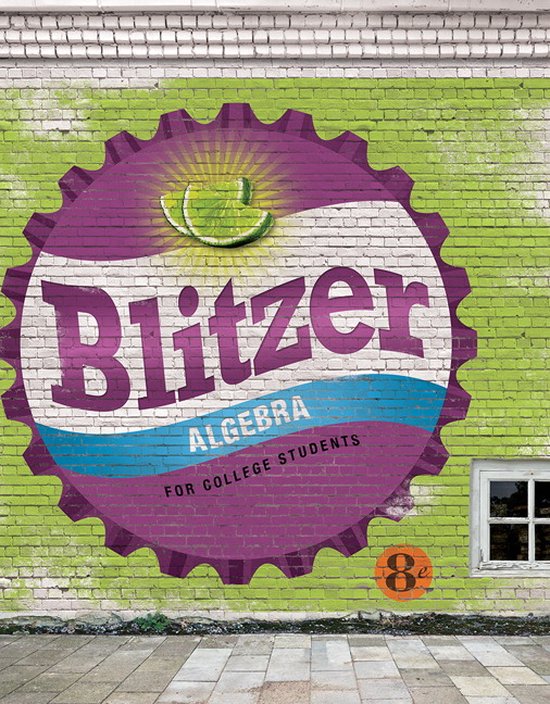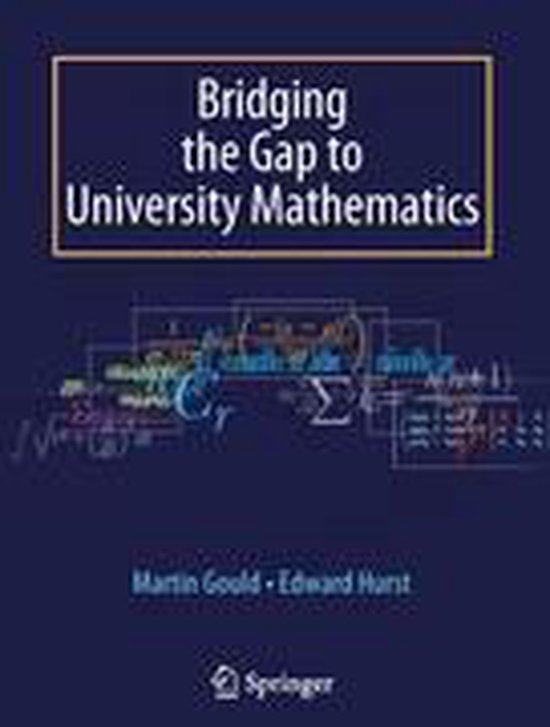
Bridging the Gap to University Mathematics
Designed as an introduction to higher-education mathematics, Bridging the Gap is the only book of this sort written for students by students.
- Full-worked solutions to all exercises available at www.springer.com
Written by students for students, Bridging the Gap to University Mathematics is a refreshing, new approach to making the transition into undergraduate-level mathematics or a similar numerate degree. Suitable for students of all backgrounds, whether A-level, Scottish Higher, International Baccalaureate or similar, the book helps readers to shape their existing knowledge and build upon current strengths in order to get the most out of their undergraduate studies.
The book can be used as a source of private study before embarking on a degree or as a textbook for an introductory course. Clear descriptions and a vast assortment of exercises – complete with solutions – enable the reader to develop and then practice new skills. Topics are delivered as twenty self-contained, manageable chapters, allowing students to dip in and out as they require, easily identifying those areas on which they need practice, whilst skimming over more familiar material. Important concepts are introduced in an easy-to-read manner with a sustained emphasis on worked examples and applications rather than abstract theory. Each chapter also includes an insight into where the reader’s new skills will be employed during the course of their studies, providing a springboard to further research where desired.
Designed as an introduction to higher-education mathematics, Bridging the Gap is the only book of this sort written for students by students. The authors, Martin Gould and Edward Hurst, wrote this book as second-year undergraduates at Warwick University. Their experiences as students have helped them create an approachable and comprehensive introductory text that will be of benefit to anyone looking to make the step-up to university education. This book contains chapters rich with worked examples and exercises covering all the key subject-areas that a first-year undergraduate will encounter, such as Inequalities, Complex Numbers, Probability, Matrices and many more. The authors have also included a “Test Yourself” exercise at the beginning of each chapter so that students will know straightaway which chapters will be of most use to them. Every topic concludes with a “Where Now?” section that helps the reader find out exactly how and where they can apply their newly-learned skills.
| Auteur | | Edward Hurst |
| Taal | | Engels |
| Type | | Paperback |
| Categorie | | Wetenschap & Natuur |
